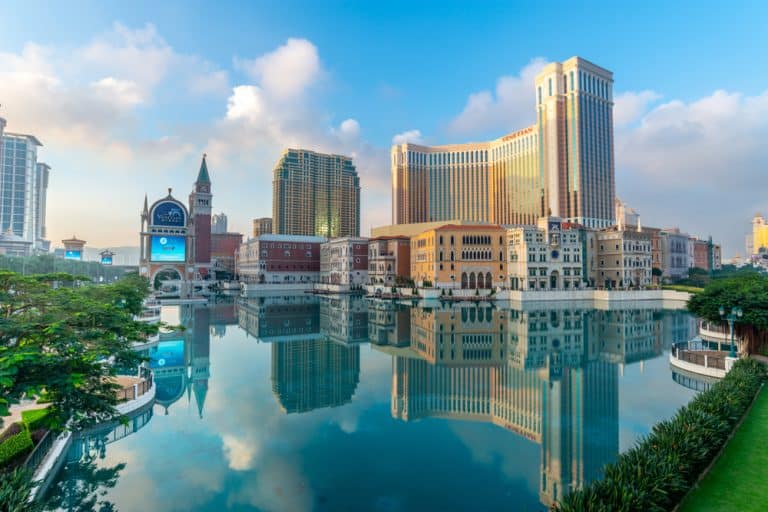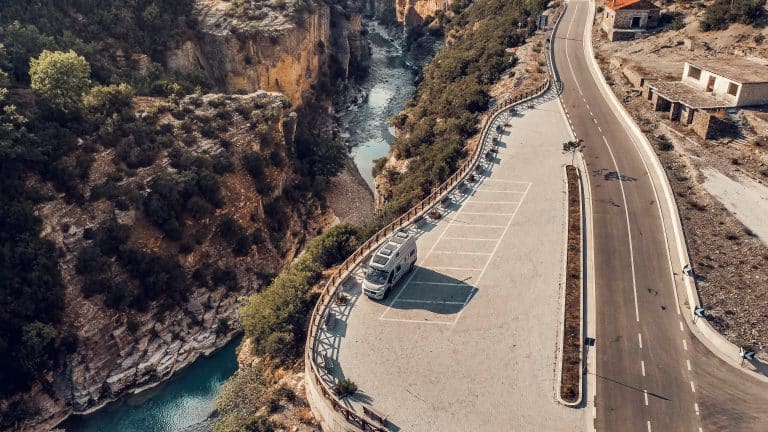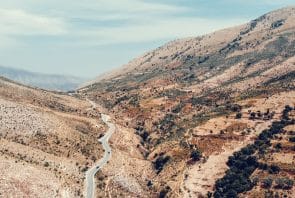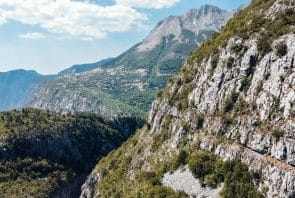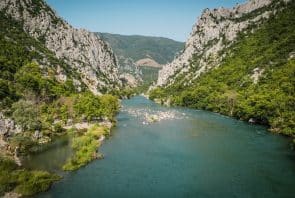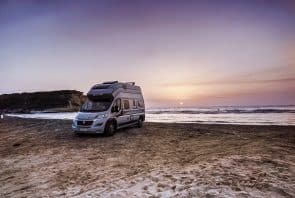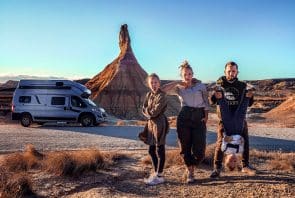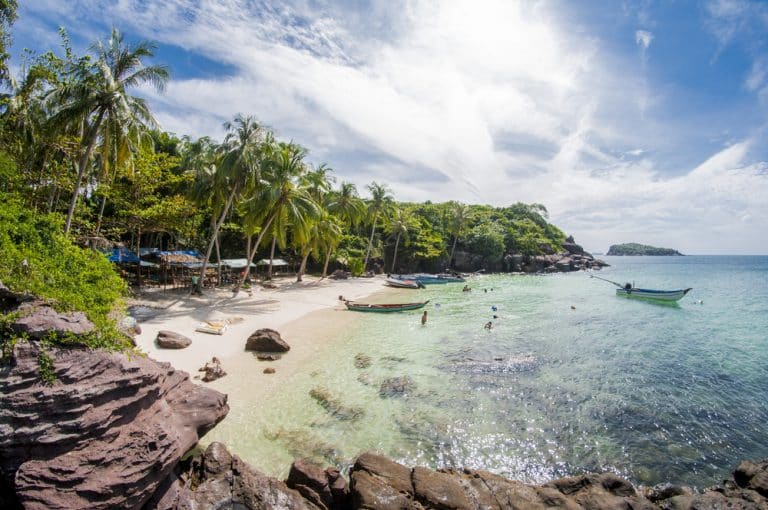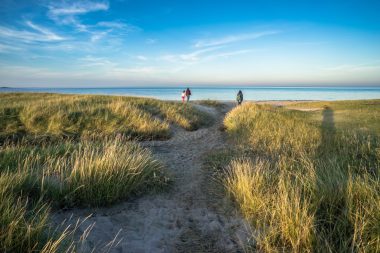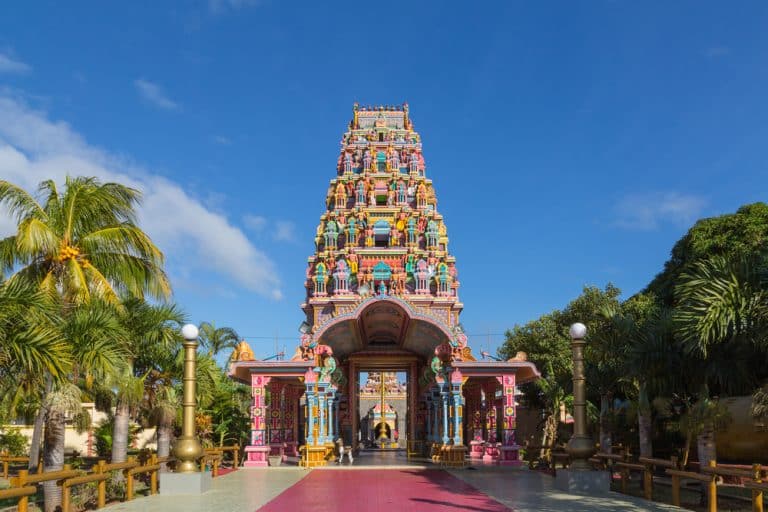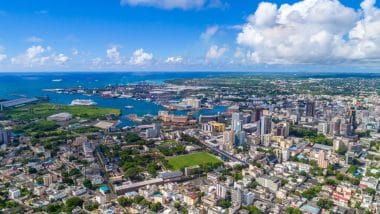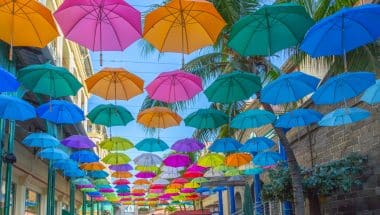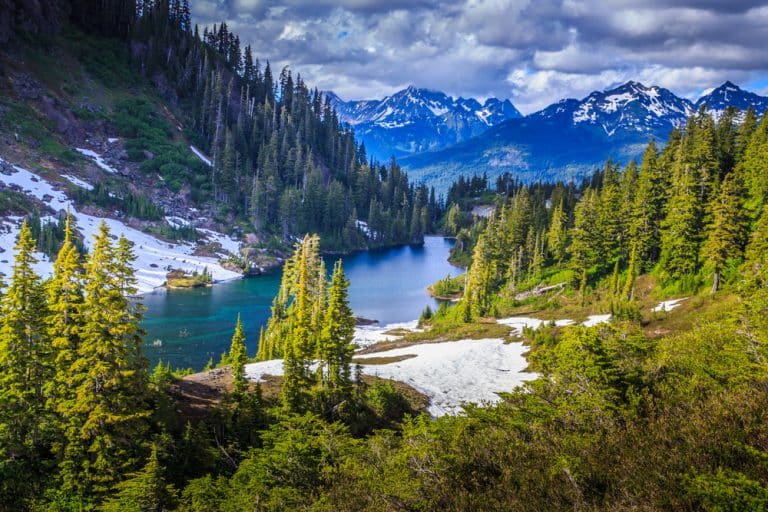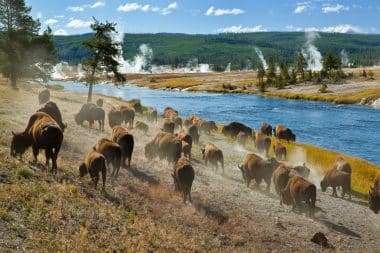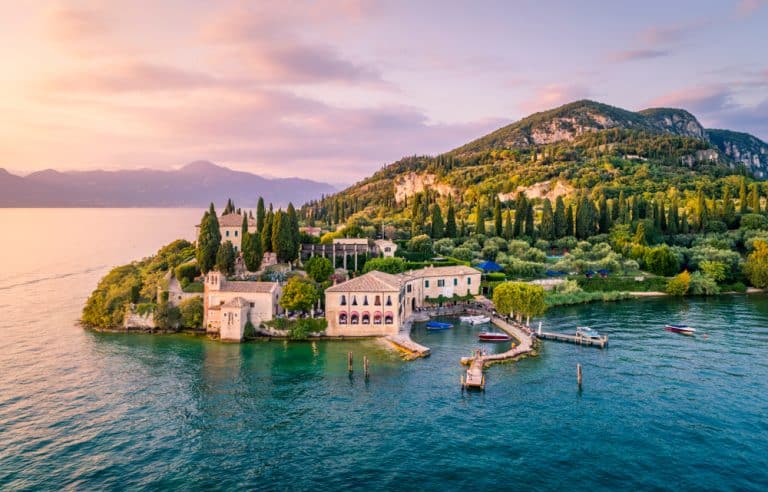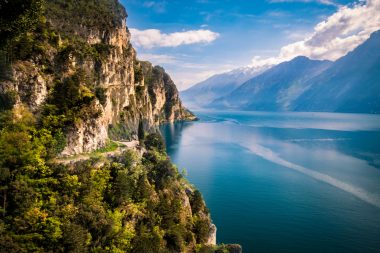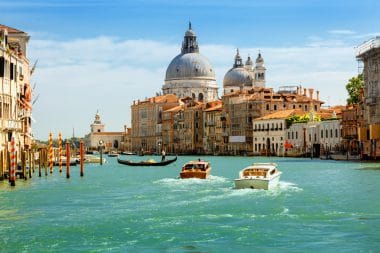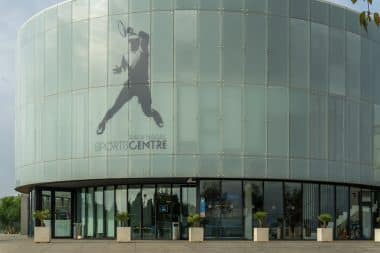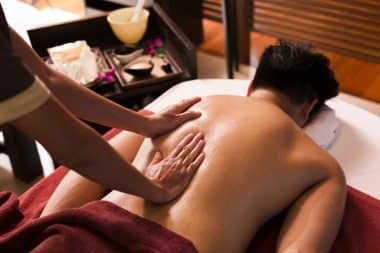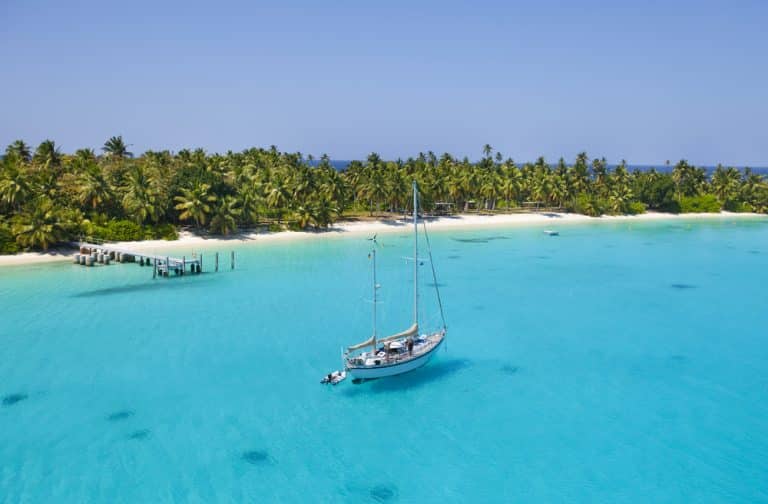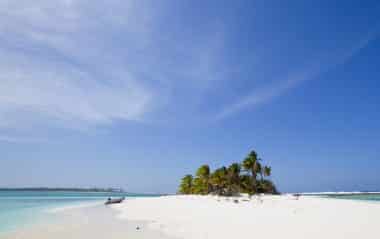Politically, Macau, formerly a Portuguese colony, is a special administrative region of the People’s Republic of China and there is indeed a lot special in the urban area. The city is known for its lush casino worlds, which are oriented towards Las Vegas and can now hold a candle to the desert city in the USA. UNESCO has already listed Macau as a World Heritage Site. A Macau vacation is worthwhile for players who do not want to miss out on their casino experience. There is a lot to see and experience on a Macau vacation. The various Macau sights offer a successful contrast to the casino world and an all-round successful holiday can be planned.
The most beautiful casinos in Macau
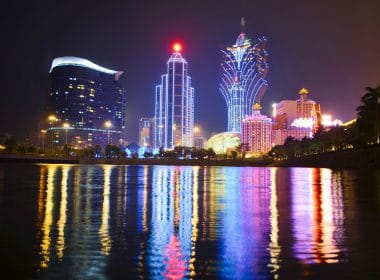
There are quite a few extraordinarily beautiful and interesting casinos in Macau. The design in particular is often decisive for a casino to be able to occupy a very special position. Here, tourists can be surprised at the architectural features that await them in Macau. If you want to visit Macau and get in the mood a little, a visit to the online casino is ideal to take advantage of attractive bonuses and promotions. You can still play free slot games in Macau as a demo version in an online casino.
The Venetian in Macau
True to its name, the hotel creates an atmosphere that is not only reminiscent of St. Mark’s Square in Venice , but almost replicates it. Nobody in Macau would really expect that and it seems impressive right from the start. The casino is divided into four themed areas: Golden Fish, Imperial House, Red Dragon, and Phoenix. It possesses 6000 slot machines and 800 gaming tables, making it an enormous place to gamble. It is certainly one of the most beautiful Macau casinos and has a classy atmosphere that is reminiscent of classic casino movies. The dress code is correspondingly less casual.
Sands Macau
Sands Macau is one of Macau’s state-of-the-art casinos, which already promote a shiny, futuristic look with their architecture. The casino is linked to its big brother, the Sands in Las Vegas, and has a modern approach to casino life on the inside. In addition to recreational players, Sands Macau has created dedicated areas for VIP and premium players, so everyone can focus on their goal and do so in a very private atmosphere. The dress code is upscale and the ambience is very classy, which creates a special feeling that will seize every Macau vacationer.
Wynn Macau
At Wynn Resort, there is luxury for guests in every area. The hotel and casino have 7000 employees who dedicately take care of the guests and their holidays. The casino is laid out over two floors and has 1190 slot machines and 390 gaming tables. A dedicated poker room lets poker players be among themselves if they wish. The dress code is adapted to the luxury hotel and is described as smart business, so an evening at the Wynn Casino is a special experience that no one will soon forget. Within the framework of Macau China Casinos, the Wynn Macau is one of two foreign companies that have been allowed to obtain a license.
Historic buildings worth visiting in Macau
The visitor can find many historic buildings in Macau among the sights of Macau , which still point back to the old Portuguese colonial period. During this period, grandiose buildings were created, which today give the Far East Asian city a southern European touch. The most important buildings are:
• Camões Grotto
• Dom Pedro V Theatre
• Fortaleza do Monte
• Guia Fortress
• The Holy House of Grace
• The Leal Senado building
• The Lou Kau Mansion
• Macau Central Post Office
The ruins of St. Paul
Actually, between 1602 and 1640, a church was built in Macau by Jesuit priests, which was dedicated to the holy apostle Paul. The church has not stood the test of time, but the front of the church still stands as a ruin and has been delighting tourists on their Macau China vacation for decades. The ruins are accessible today and are a unique sign of time from the immediate history of the city, in which the spirit of the past is awakened.
The Luís de Camões Garden
The garden is centrally located in the city and is actually the largest park Macau owns. Here the friendship between Portugal and Macau is celebrated and so the tourist opens up an incredibly beautiful piece of nature in the middle of the city. It is named after Portugal’s greatest poet, Luís de Camões, who once had to go into exile in Macau for two years and thus established a connection to this part of the world.
The Holy House of Grace
As a Christian element, the Holy House of Grace was built by the Portuguese and administered by the church as a hospital and nursing home. Over time, it has had many functions and has also played an important role in the city’s history. In part, the house functioned as a bank or casino with a very popular lottery. In any case, the connection to today’s gambling center is striking.
Which museums must be visited in Macau?
A holiday in Macau would not be complete without visiting one or the other of the numerous and very well-positioned museums. Macau is known for its large number of museums, which can contribute to all kinds of areas of life and history of the region. Here you can choose at will which museums best fit into the area of interest of each individual.
The Grand Prix Museum
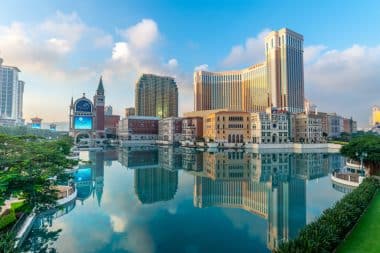

The Grand Prix Museum in Macau is a reminder of the race days in Macau, when the Formula 1 cars raced over the tar here. An original Ayrton Senna race car is on display and simulators make the museum a racing experience where every visitor can feel like a driver in the cockpit. A must for Formula 1 fans, an entertaining experience for ordinary tourists.
The Museum of Gifts
When Macau became a special administrative region, there was a ceremony in the city where Chinese regions wished the city luck and presented gifts representing each province. The museum was built on the site of the ceremony, which now deals with the culture and history of Macau within the framework of this special status. The gifts and other contemporary items are exhibited for visitors. Admission to the museum is free.
The Macau Museum of Art
This museum is all about art in every form. The museum, which was only established in 1999, collects all areas of art from Macau and other regions in order to further promote the artistic life of the city and create awareness of the enjoyment of art. Artists and experts are regularly invited to the museum to create a living museum through lectures and other events.
So much to see in Macau

The variety of sights in Macau is enormous and it is usually not enough for a few days to see everything that is worth seeing. It is highly advisable to make a plan before the trip of which sights to see and what the greatest interest or topic of the trip should be, so that an appropriate route can be planned. Especially the numerous casinos such as The Venetian or the MGM Macau are a tourist magnet, but the historic buildings or the parks of the city are also inspiring. Public squares such as Lotus Square are a central meeting point and starting point for tourist trails in the city. Religious places, theme parks and other points of the city complete the experience.
Result
In the end, it all depends on what the tourist wants on his trip, because Macau can offer almost everything. This is where an individual route can help, which prevents it from becoming a one-sided experience with only museums or only casinos. Variety will lead to a dream holiday in Macau that will make every visitor return to the city.


